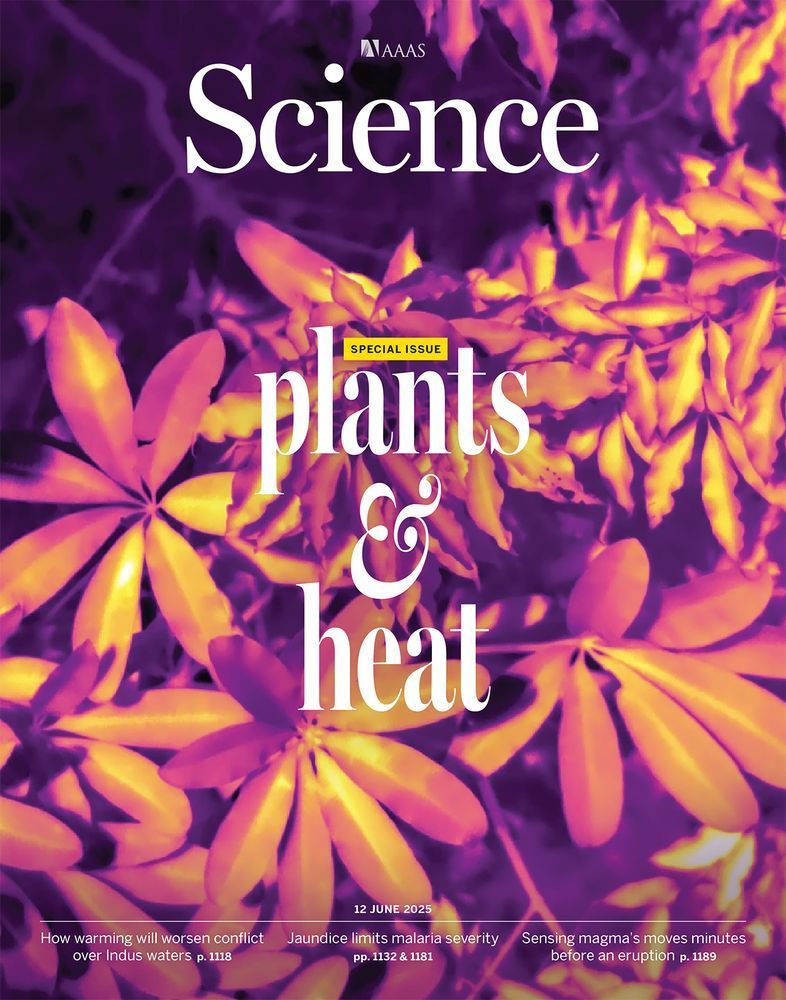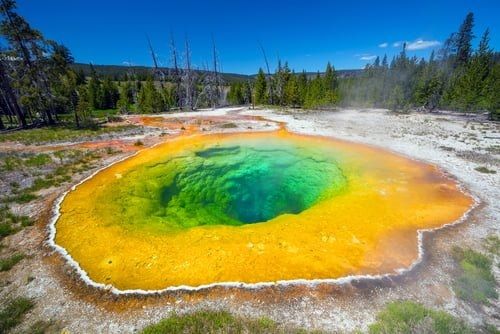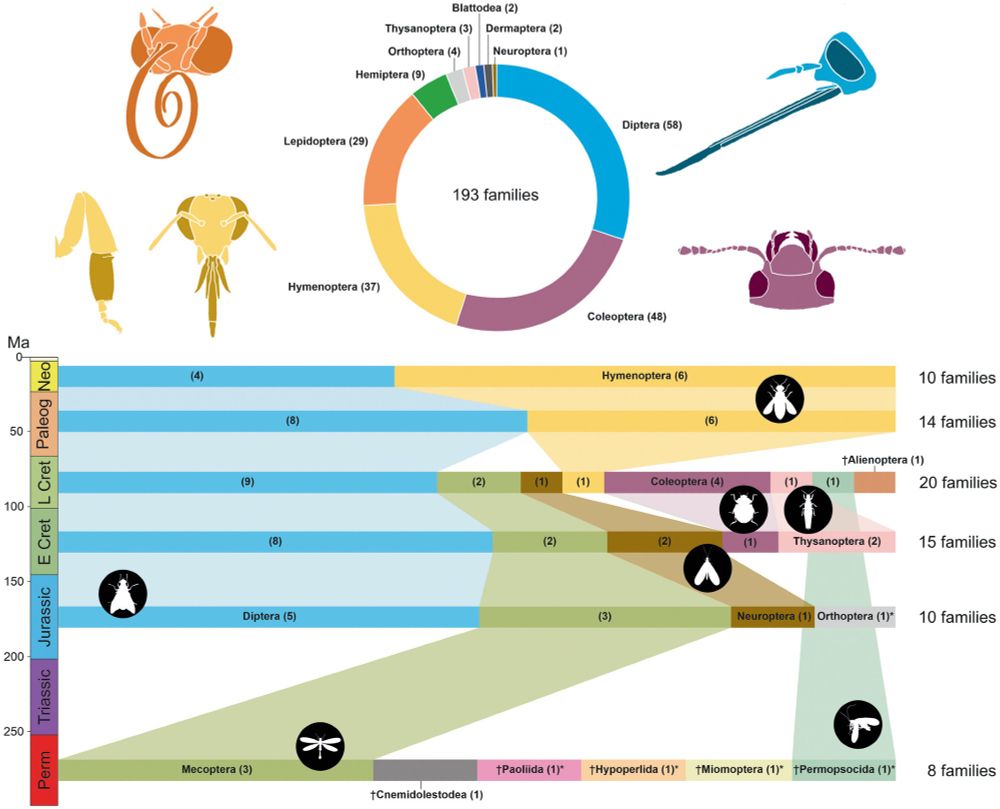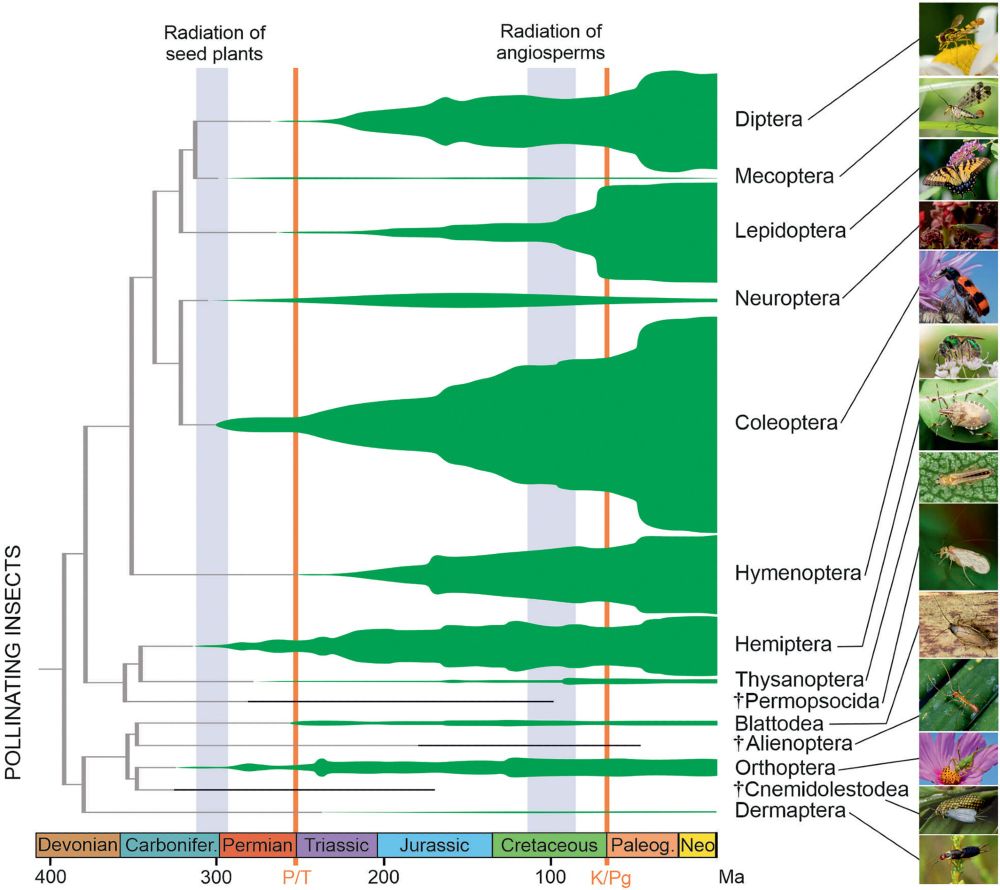@edelinegagnon.bsky.social
110 followers
160 following
8 posts
Assistant professor University of Guelph | She/her | Views are my own | Beans, tomatoes, eggplants, potatoes, and all the wild stuff!
Posts
Media
Videos
Starter Packs
Reposted
Reposted
Reposted
Reposted
Reposted
David Lowry
@davidlowry.bsky.social
· Sep 8

Assistant/Associate/Full Professor Tenure System - East Lansing, Michigan, United States
Working/Functional Title
Assistant/Associate/Full Professor Tenure System
Position Summary
The Plant Resilience Institute (PRI) at Michigan State University invites applications for multiple tenure-st...
careers.msu.edu
Reposted
Reposted
Reposted
Reposted












